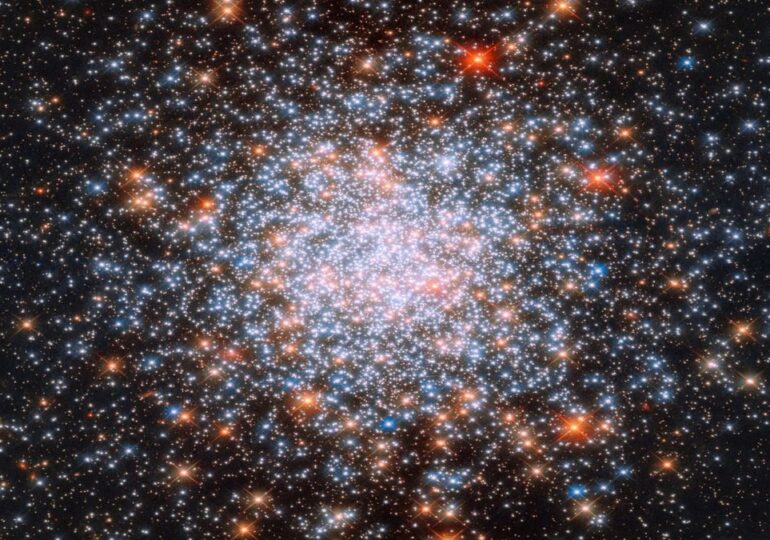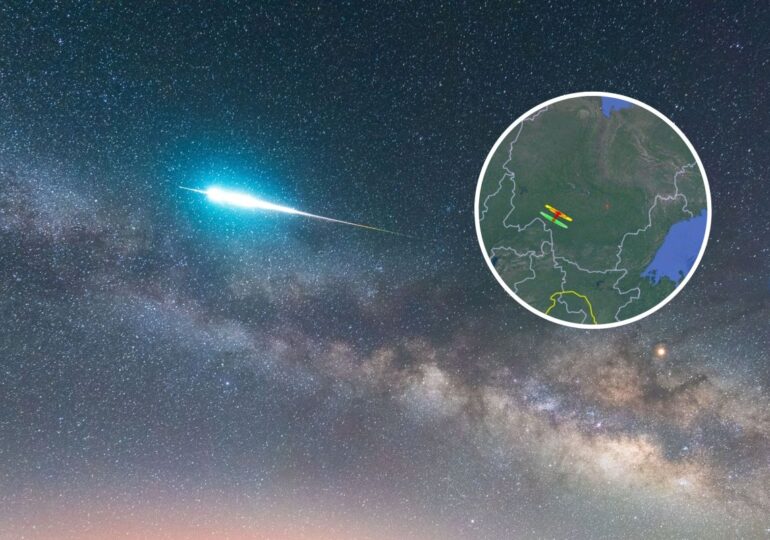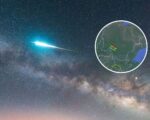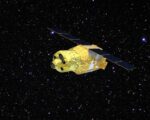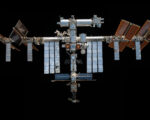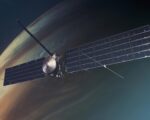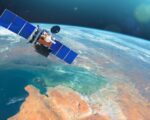SWOT Satellite Captures Seismic Tsunami Event in Greenland’s Dickson Fjord
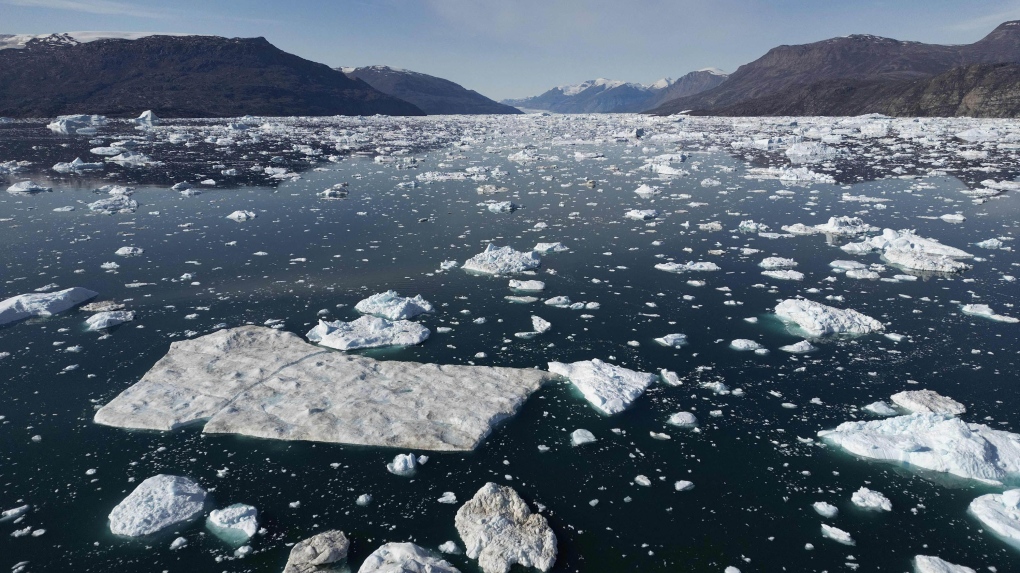
In September 2023, the Surface Water and Ocean Topography (SWOT) satellite, a collaborative mission between NASA and France’s Centre National d’Études Spatiales (CNES), recorded an extraordinary seismic tsunami event in Greenland’s Dickson Fjord. This unprecedented event, caused by a massive rockslide, led to a nine-day sequence of waves reverberating throughout the fjord. The event is notable for being one of the few instances where satellite technology captured such a prolonged natural phenomenon with remarkable precision, providing valuable data that could aid in understanding similar events in the future.
The rockslide, which unleashed over 25 million cubic meters of rock and ice into the fjord, displaced vast amounts of water, creating a series of massive waves. These waves, which oscillated between the fjord’s steep walls every 90 seconds, continued for nearly a week, making this a rare and unique event. According to NASA’s Jet Propulsion Laboratory scientist Josh Willis, SWOT’s advanced technology allowed researchers to observe the wave contours in unprecedented detail. The wave height variation between the northern and southern sides of the fjord, with water levels rising by as much as 1.2 meters, demonstrated the immense force of the rockslide’s impact.
What makes SWOT’s detection particularly groundbreaking is its use of cutting-edge radar technology. Orbiting approximately 900 kilometers above Earth, the satellite employs a Ka-band Radar Interferometer (KaRIn) to measure water surface heights with exceptional accuracy. This technology proved crucial in capturing the dynamic effects of the tsunami in the remote, narrow fjord, where conventional altimeters with larger measurement footprints would have struggled. The satellite’s precision allowed scientists to observe the tsunami’s full duration and track its rhythmic movement, which was not possible with previous methods.
SWOT’s ability to detect and monitor such an event emphasizes the growing importance of advanced satellite technology in global hazard monitoring. According to Nadya Vinogradova Shiffer, a NASA scientist, SWOT’s precise measurements could significantly improve preparedness for natural disasters by providing real-time data that enhances risk assessment and management. This event highlights the satellite’s potential to monitor not just oceanic phenomena but also smaller, more localized natural events, contributing to a broader understanding of Earth’s dynamic systems and aiding in disaster risk reduction.


